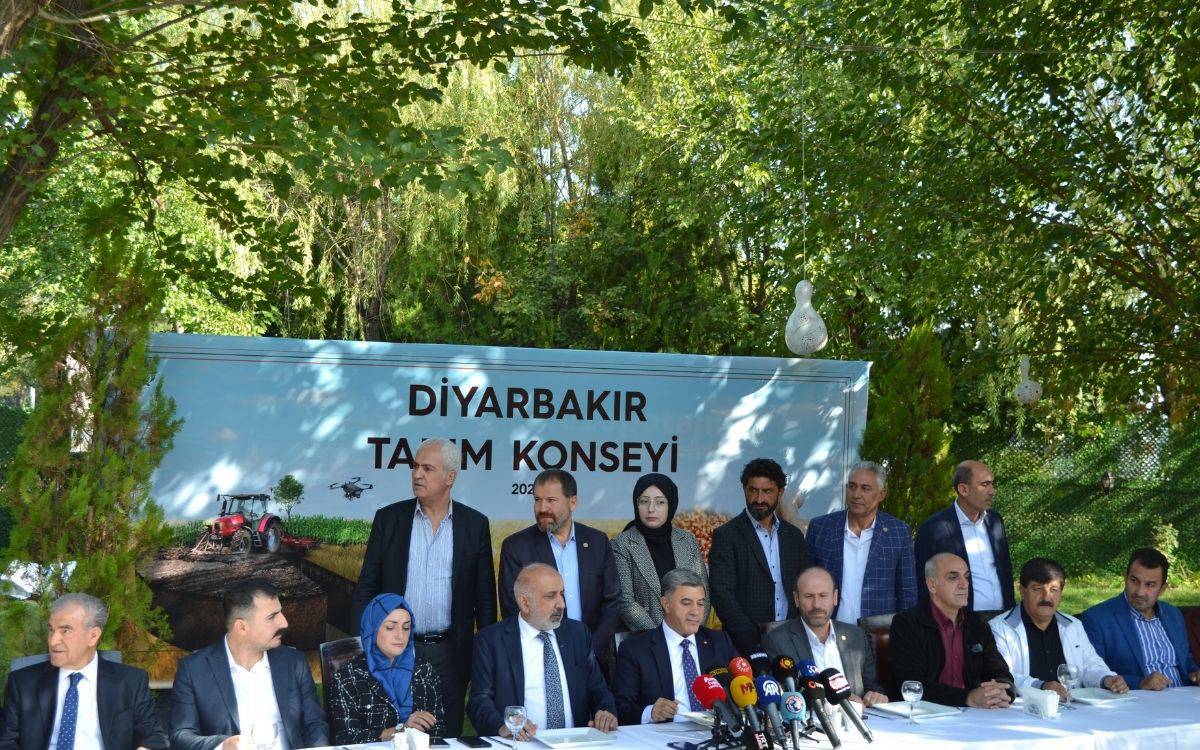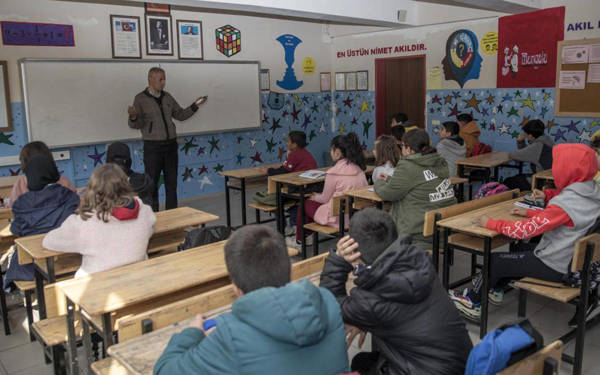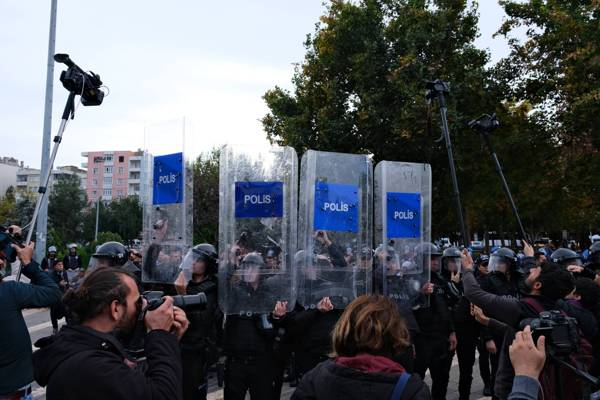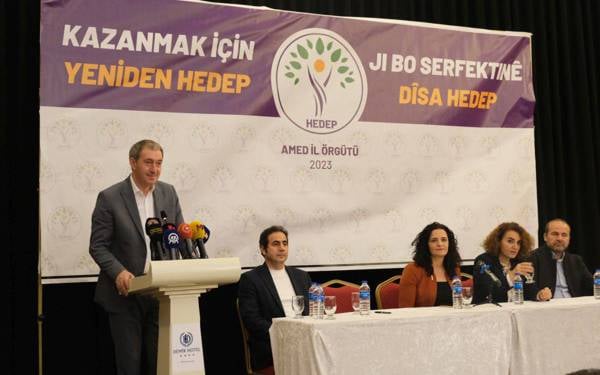In Diyarbakır, 68 civil and private organizations have come together to establish the Diyarbakır Agricultural Council. The council, consisting of 68 members and 9 executive board members, announced its formation yesterday (October 25) in a press conference held at the Southeastern Journalists' Association.
Diyarbakır Chamber of Commerce President Engin Yeşil, speaking on behalf of the council, said, "We have established the Diyarbakır Agricultural Council to promote the growth of the agricultural sector in Diyarbakır, enhance its sustainability and added value, ensure coordination among public and private entities operating in the agricultural sector, and set the correct growth strategies for the sector."
The statement emphasized Diyarbakır's rich historical agricultural heritage, noting that agricultural activities date back to as far as 10,000 years ago, with Çayönü Hill near Ergani being one of the oldest settlements associated with agricultural history.
"GAP completion will triple activities"
Engin Yeşil explained that Diyarbakır holds the largest share (25%) in relation to irrigable land and irrigation targets within the Southeastern Anatolia Project (GAP), a project based on agricultural development. He mentioned that with the ongoing Silvan Project, 2,350,000 dunams of land will be irrigated, and upon the completion of the Dicle Kral Kızı Irrigation Project, an additional 1,150,000 dunams will transition to irrigated agriculture. It is anticipated that GAP's irrigation investments will triple agricultural production in Diyarbakır.
"Our council, comprising 68 members, has a 9-member executive board. We will continue to provide services by receiving support from public institutions and forming working groups consisting of advisory boards and subject matter experts," the statement further informed.
Following the announcement, Mehmet Kaya, President of the Diyarbakır Chamber of Commerce and Industry, pointed out that despite Diyarbakır's historical and contemporary significance as an agricultural city, it lacks the necessary irrigation facilities and, consequently, the desired level of crop diversity.
(BA/EMK/PE)












